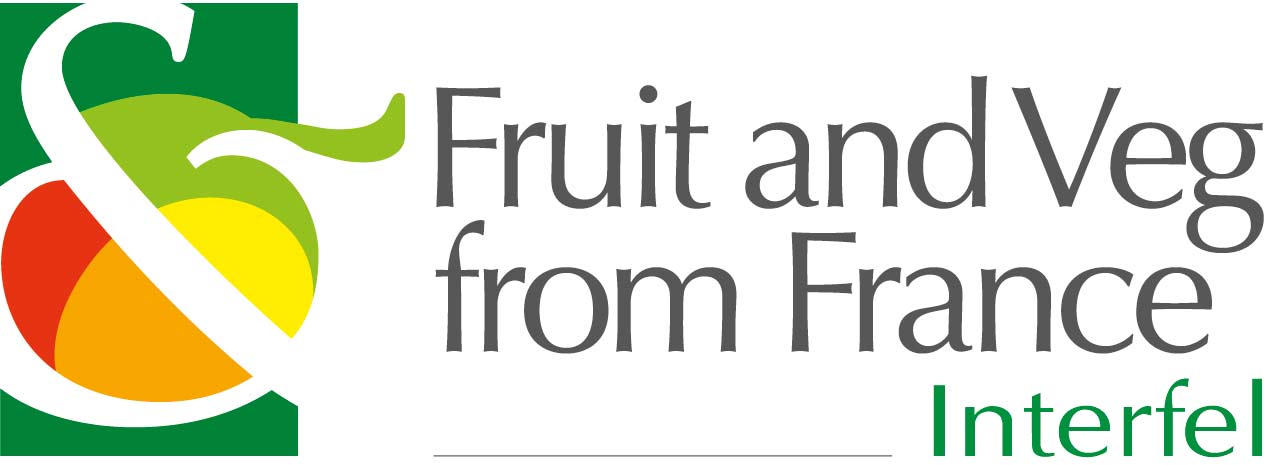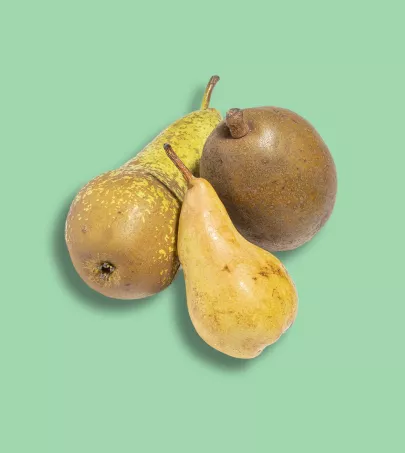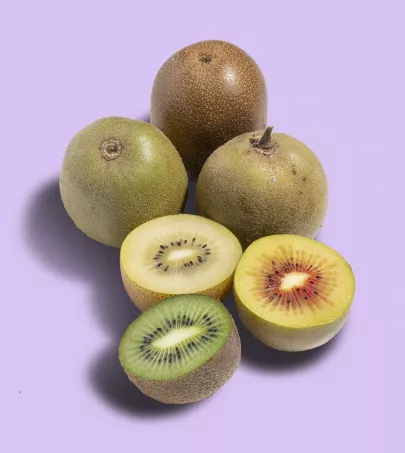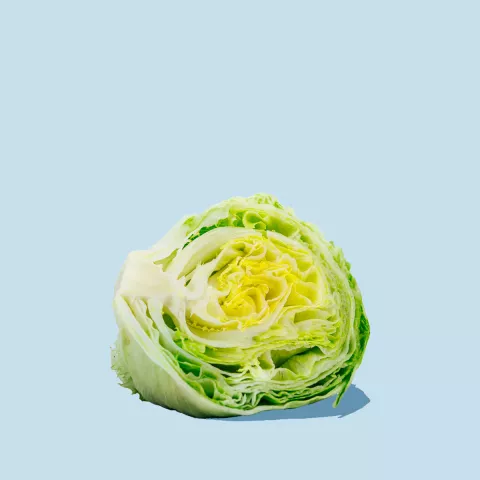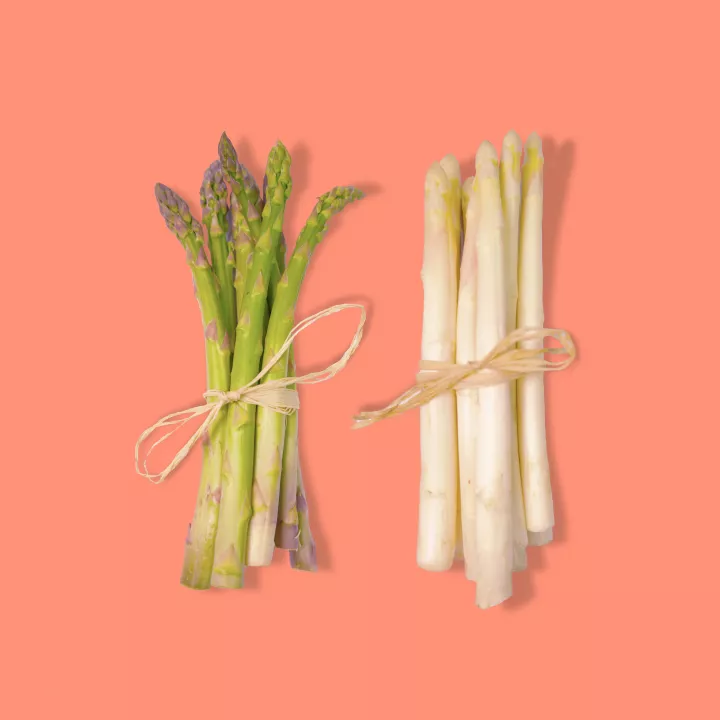
French Asparagus
Nouvelle Aquitaine
Each year, it heralds the arrival of spring! As well as bringing a touch of white, purple or green to our plates, French Asparagus offers flavors that are bold or delicate depending on the variety. Add to that its broad versatility and you will want to include it in your culinary repertoire!
Ce qu'il faut savoir
Originally from the Mediterranean basin where it grew wild, it was only in ancient times that we began to cultivate asparagus. At that point it became a luxury product and remained so until the 19th century when its cultivation spread throughout France. Asparagus grows underground, lengthening in the quest for light. Its whiteness whilst under the sandy soil turns to purple and then green in the open air, under the first rays of the spring sun, from March to June. These are the three main varieties of asparagus, each with its own organoleptic profile and multitude of ways to savor it!
Caractéristiques
À l'oeil
Au toucher
En bouche
Nutrition et bienfaits
Nutritional benefits
Its high levels of antioxidants, fibers and B vitamins make asparagus an excellent choice for every meal!
The Taste France Tidbit
Did you know that in Île-de-France, within 16 miles of the Eiffel Tower, a renowned variety of asparagus is grown? White Argenteuil asparagus, the cultivation of which began in 1830, has since received an award at the 1878 Paris World Fair and become a firm favorite of many Michelin-starred chefs.
Comment l'utiliser
Conserver
La bouteille peut être conservée à température ambiante, à l’abri de la lumière. Une fois en bouteille, le calvados « ne vieillit plus » : ses arômes n’évolueront plus.
Accorder avec
With almonds, truffle, fresh herbs, cured ham, beef, goat cheese, apples, lemon, and so on, and a white wine such as a Sancerre or Sylvaner.

